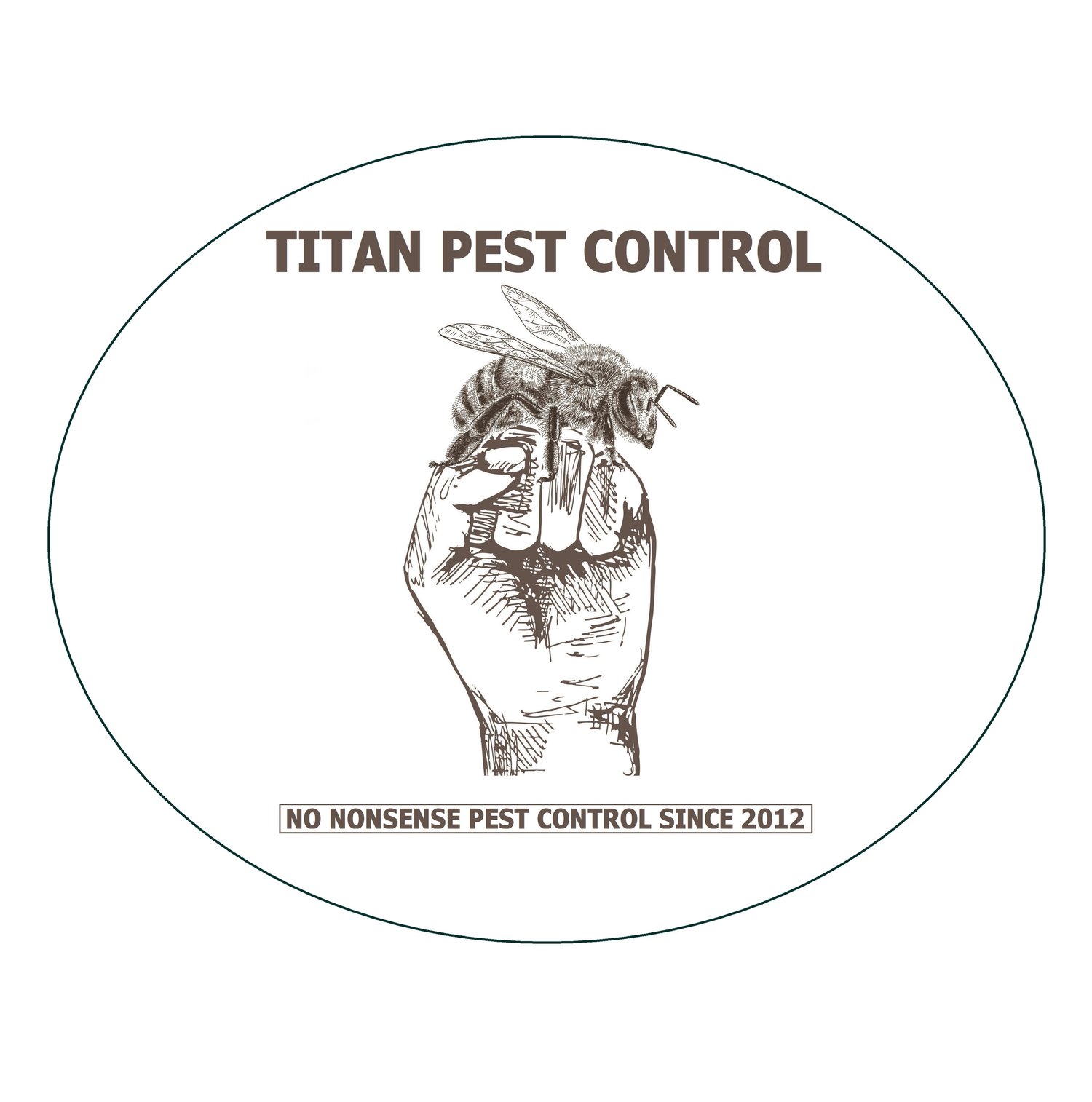We most commonly encounter the cat flea, although more rarely the human and dog flea are found at the heart of an infestation. No species can breed efficiently without their respective host species, however when desperate they will feed from the blood of most mammals. Quite often an owner will not notice their pets have fleas until a routine treatment after a trip to the vets when the fleas are forced off of their preferred host and onto humans!
We recommend that any infested pets are treated prior to the implementation of a thorough spray treatment using a broad spectrum residual insecticide and IGR (see below). Fogging can be used to 'flush out’ insects from concealed harbourages however due to the limited residual activity (as well as the reduced dosage delivery) of most ULV treatments as compared to spray treatments this method should not be relied upon alone.
If pets are present in a household we advise that their bedding is hot washed and stored securely before treatment as such bedding can harbour high concentrations of flea eggs and larvae. As with the eggs of bedbugs, flea eggs are highly resistant to all insecticides currently licensed for use in a domestic setting in the UK. Eggs typically have an incubation period of roughly 21 days and so although initial insecticide application swiftly deals with adults fleas and larvae, eggs will often continue to hatch for several days.
With the use of an insect growth regulator (IGR) in conjunction with the residual insecticide the majority of juvenile fleas are prevented from developing into biting adults before picking up a lethal dose of dried insecticide (once our residual insecticide dries it remains active for several months against insects whilst being harmless to mammals including humans!) This is why we advise against hoovering for at least 21 days post treatment to ensure that the insecticides remains active in position for the duration of the potential egg hatching phase.

